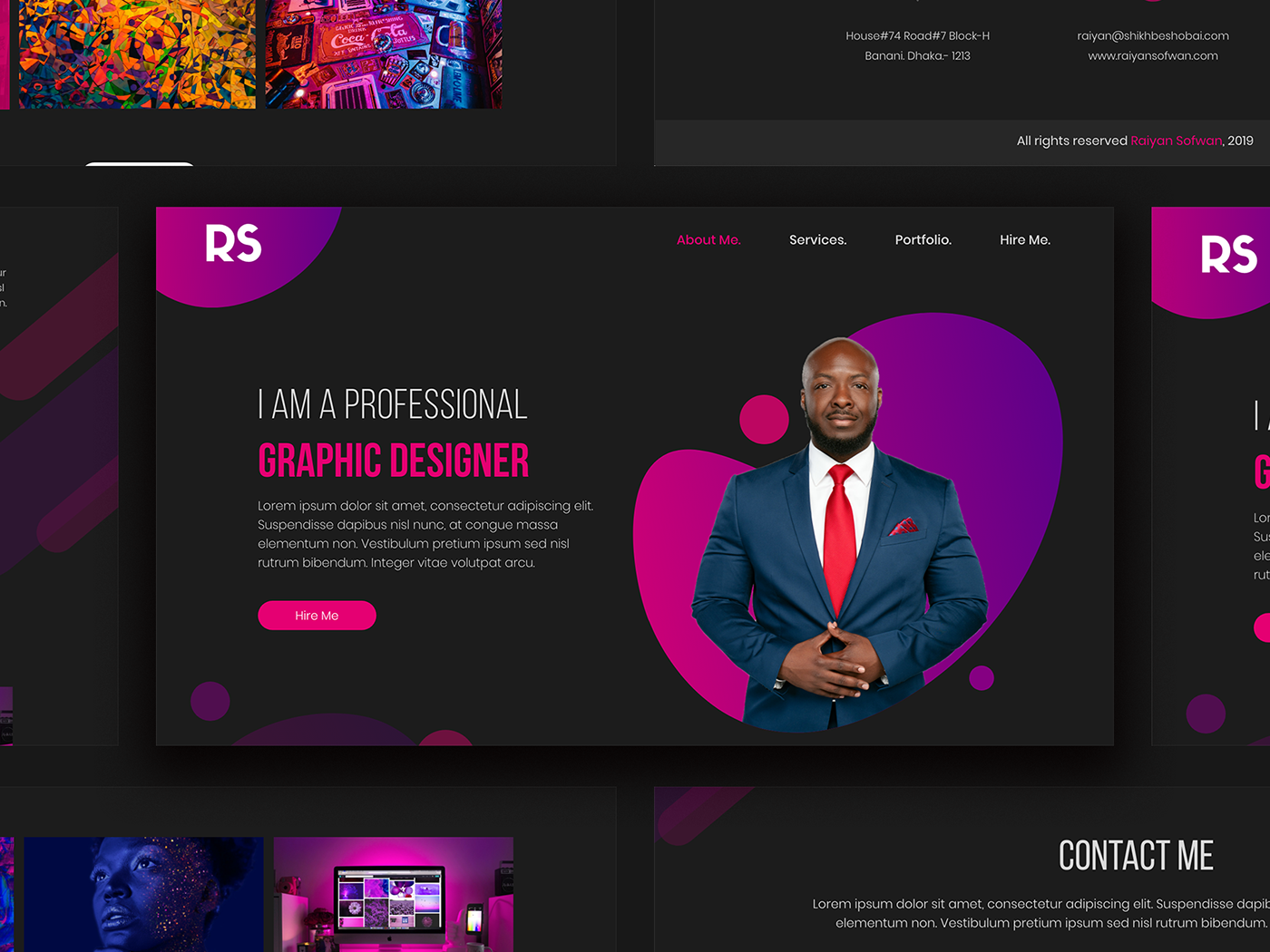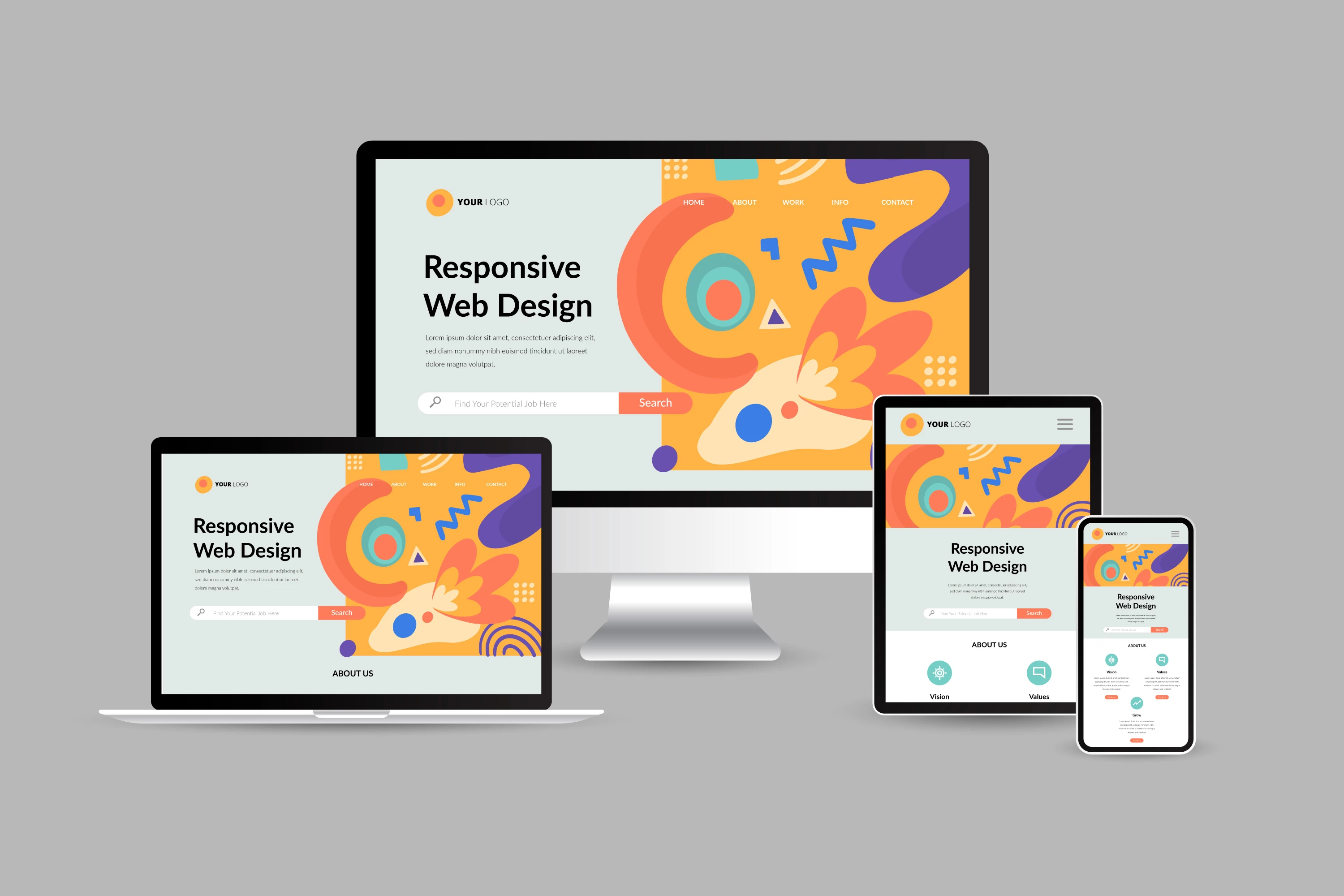The Power of User-Centered Web Site Design in Growing Your Online Target Market
In a significantly affordable electronic landscape, the significance of user-centered web site layout can not be overstated. By concentrating on the demands and actions of users, services can develop websites that not only draw in yet additionally engage a diverse audience. Efficient layout concepts-- such as intuitive navigating and availability-- are crucial in fostering user contentment and loyalty. However, comprehending how to take advantage of these concepts properly elevates critical questions regarding implementation and effect. What methods can companies embrace to guarantee their layouts reverberate with customers and inevitably drive development?

Understanding User-Centered Design
User-Centered Design (UCD) is a fundamental approach to site development that prioritizes the needs, choices, and actions of end customers throughout the layout process. This method stresses recognizing individuals deeply-- with research study methods such as meetings, studies, and use screening-- to produce a site that resonates with them. By including customer comments at every stage, designers can make certain that the end product aligns closely with customer expectations.
UCD advertises repetitive design, where models are examined and fine-tuned based on customer interactions and experiences. This cycle not only boosts functionality but also cultivates a sense of possession amongst users, as they feel their input is valued and impactful. Furthermore, UCD helps recognize possible barriers and pain points in the individual journey, permitting designers to address these obstacles proactively.
Ultimately, embracing UCD brings about sites that are more instinctive, engaging, and reliable. By placing individuals at the center of the layout process, companies can create electronic experiences that not just draw in but additionally preserve their target audience, driving higher satisfaction and commitment. In a competitive on-line landscape, this method is crucial for accomplishing continual success.
Key Concepts of User Experience
A successful customer experience (UX) rests on a number of vital principles that direct the layout process and improve communication in between users and the web site. First and foremost, functionality is extremely important; the site needs to be instinctive, allowing users to navigate conveniently and find info promptly. This includes clear labeling and a rational structure that reduces cognitive tons.
Secondly, access plays an essential function in making sure that all individuals, no matter of their capacities or handicaps, can properly involve with the web site. Including alt text for images, key-board navigating, and display visitor compatibility promotes inclusivity.
Uniformity is one more vital concept. A cohesive style language, from color schemes to typography, aids customers build experience and depend on with the web site (Website Design). It likewise strengthens brand identification
Moreover, comments systems are important. Users should obtain clear and instant actions to their activities, whether through aesthetic signs or confirmation messages, which enhances their self-confidence in browsing the site.
Last but not least, mobile responsiveness can not be forgotten. With a raising number of users accessing internet sites by means of smart phones, a style that adjusts seamlessly to various display sizes is essential for maintaining a favorable individual experience.

Benefits for Online Involvement
Reliable online involvement uses many benefits that can significantly boost a web site's overall efficiency - Website Design. By promoting significant interactions in between users and the website, companies can cultivate a dedicated audience that returns with regularity. Involved individuals are more probable to share content, therefore boosting organic reach and attracting brand-new site visitors with word-of-mouth promo
Improved online engagement additionally results in improved individual complete satisfaction. When customers discover an internet site that resonates with their demands, they are much more likely to explore its offerings extensively, which can result in greater conversion rates. In addition, engaging material urges users to spend even more time on the site, minimizing bounce prices and positively influencing search engine ranking algorithms.
In addition, effective interaction gives vital understandings into individual choices and habits (Website Design). By assessing individual interactions, companies can customize their content and design methods to satisfy the evolving expectations of their target market. This adaptive technique not just increases interaction but likewise enhances the brand's track record as user-centric and responsive
Inevitably, focusing on online interaction via user-centered layout develops a successful community where both the organization and the audience advantage, bring about sustained growth and success in the electronic landscape.

Methods for Reliable Style
To make the most of the advantages of online involvement, using details techniques in website layout is critical. Intuitive navigation is necessary; customers ought to conveniently locate details without confusion. A well-structured food selection, clear tags, and a sensible hierarchy improve the customer experience and decrease bounce link rates.
Second, responsive design is vital in today's multi-device environment. Guaranteeing that a website adjusts perfectly to various display dimensions fosters availability, thus fitting a wider audience. This adaptability not just boosts customer complete satisfaction but likewise positively influences search engine rankings.
Third, using aesthetic pecking order guides users' focus to important elements, such as calls to activity (CTAs) Employing contrasting colors, varying font sizes, and strategic spacing can efficiently direct customers towards preferred actions, helping with greater interaction.
In addition, applying regular branding throughout all pages builds trust fund and recognition. A natural color imagery, scheme, and typography enhance brand identity and develop a professional appearance.
Last but not least, maximizing loading speeds is vital. Individuals are less likely to involve with a slow-loading website, making performance optimization an important facet of reliable design. By integrating these methods, web site developers can official source enhance customer experience and eventually expand their online audience.
Real-World Success Stories
Success tales in user-centered site layout illustrate the tangible advantages of focusing on user experience. As an outcome, they experienced a 250% rise in online contributions, showing how an intuitive design can drive individual interaction and support.
One more engaging case is that of Airbnb, which utilized user-centered layout principles to enhance their booking procedure. By simplifying the user trip and incorporating customized suggestions, they substantially minimized site desertion prices. This concentrate on user experience contributed to a profits growth of over 70% in a single year, underscoring the connection in between well-designed interfaces and financial success.
Furthermore, the e-commerce titan, ASOS, carried out user testing to refine their mobile application. By dealing with individual pain factors, they accomplished an amazing 30% boost in mobile sales. These instances highlight that investing in user-centered design not just enhances individual contentment yet likewise drives tangible service outcomes, strengthening the important role of customer experience in achieving online growth.
Verdict
By focusing on customer demands and choices, businesses can create instinctive and obtainable digital experiences that promote loyalty and drive conversions. The integration of user feedback throughout the style process not just lowers bounce rates but additionally urges expedition.
User-Centered Design (UCD) is a fundamental method to website growth that focuses on the needs, preferences, and habits of end individuals throughout the design procedure. By integrating individual responses at every phase, designers can make sure that the last product lines up very closely with customer assumptions.
An effective customer experience (UX) hinges on several essential concepts that lead the layout process and improve communication in between users and the web site.Success stories in user-centered internet site layout highlight the tangible advantages of focusing on user experience. These examples highlight that spending in user-centered design not only improves user satisfaction but also drives substantial company results, enhancing the my blog critical function of customer experience in attaining on the internet growth.
Comments on “The Significance of Availability in Modern Website Design”